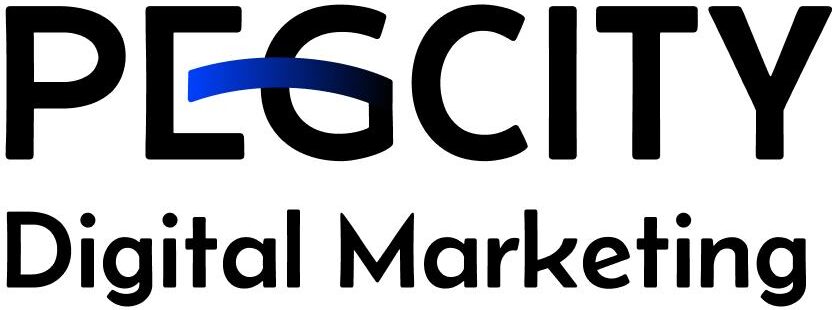Ultimate Guide to UX and SEO. For ranking high on Google, businesses generally concern themselves with keywords, backlinks, and content. However, there is another influential factor that contributes significantly to your website’s ranking: User Experience (UX).
UX is not only about good-looking design — it’s about how easy and fun it is for users to navigate your site. And yes, search engines such as Google care about that too.
Let’s simplify why UX is important for SEO and how enhancing it can help you to rank higher and convert more visitors.
What is User Experience (UX)?
User experience is the way an individual feels when using a website. It encompasses the speed at which the site loads, ease of use, legibility of content, and compatibility of the site on mobile devices.
Good UX feels effortless and enjoyable. Bad UX makes your site difficult to use and sends visitors away — and that’s bad for your SEO.
How UX Affects SEO
Search engines are continuously attempting to provide the most optimal outcome for users. That’s why they take behavioral signals that indicate UX into account for ranking websites. Here’s the way it ties together:
Bounce Rate and Dwell Time
When visitors come to your site and leave right away, you are telling Google your page was unhelpful. That raises your bounce rate. Conversely, when users stick and interact with your content, your dwell time goes up — search engines like that.Mobile-Friendliness
More than half of website traffic now originates from mobile. Users will be quick to abandon your site if it does not work on smartphones. Mobile UX can directly impact your rankings under Google’s mobile-first indexing. Check out our article about “How to check if website is Mobile-Friendly“Page Speed
Frustrated users are caused by slow websites. Users bounce when your page loads slowly. It has been acknowledged by Google that page speed is an algorithmic ranking signal, so it’s not only nice to have a site that loads quickly — it’s a requirement. Read more: “Why does Website speed matter for SEO?“Clean site navigation
When users can’t locate what they seek, they’ll leave. Easy, clear navigation and intuitive menus make users browse your site for longer, and Google interprets that as an indicator of high quality.Readable, Well-Structured Content
If your site is difficult to read or full of pop-ups, users will leave. Break your content into manageable pieces using headers, bullet points, and brief paragraphs to make it readable for both users and search engines.
UX Best Practices to Drive Your SEO
A total redo isn’t necessary to make UX better. Begin with incremental, significant changes:
- Use responsive design so your site looks fantastic on any screen size.
- Compression of images and removal of unwanted scripts for improving load speed
- Write for your audience, not search engines — concise, helpful content triumphs.
- Make buttons and CTA’s (calls to action) prominent and clickable.
- Test your site continually and solve problems quickly.
UX and SEO: Last Thoughts
UX and SEO are intrinsically linked. You might have the most perfect content and keyword plan ever, but if your site is clunky or slow, it simply won’t work.
At PegCity Digital Marketing, we assist businesses in optimizing for search engines as well as real people. Because when you design a site that users adore, Google will adore it, too.



